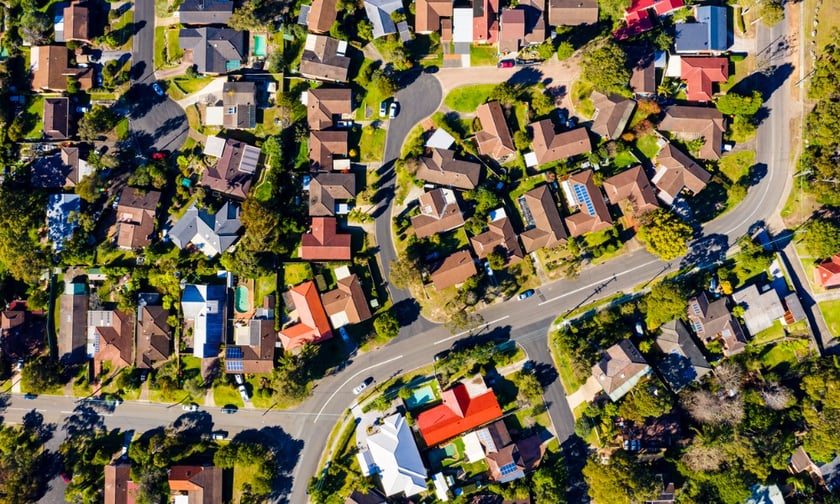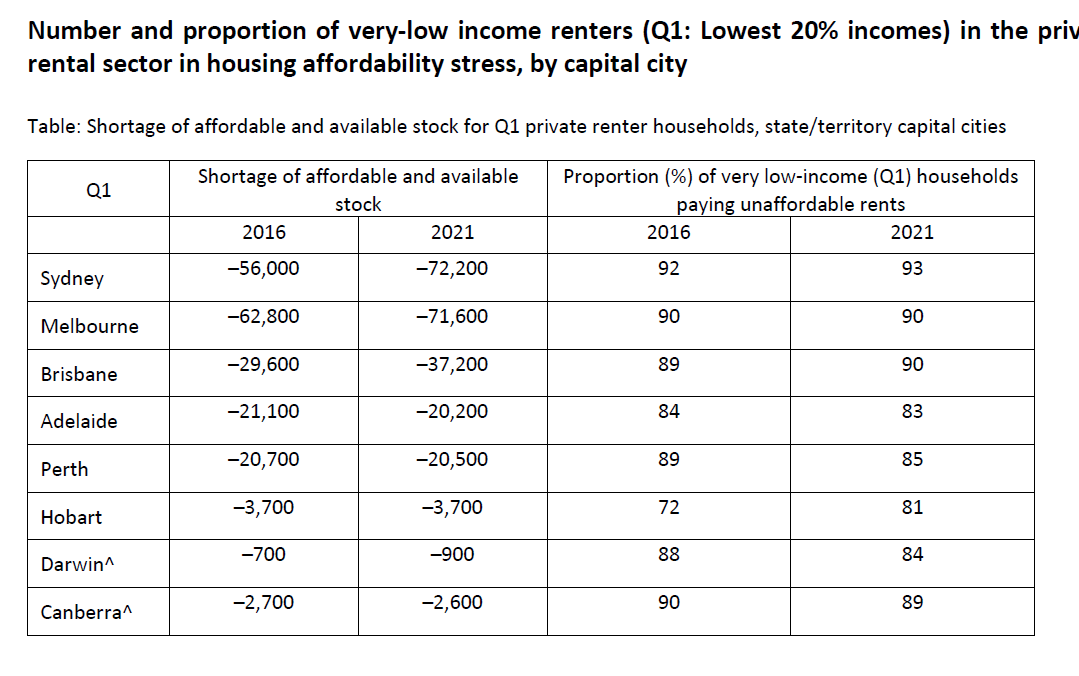
[ad_1]
In the meantime, low-income renters face elevated affordability disaster

New analysis from the Australian Housing and City Analysis Institute (AHURI) has uncovered a rising pattern of higher-income households choosing rental lodging, resulting in a tighter squeeze on the provision of reasonably priced rental houses for very low-income households.
The examine, carried out by Swinburne College of Know-how and the College of Tasmania, leverages ABS census information to trace the evolving panorama of personal rental housing affordability from 1996 via 2021.
A shift in direction of high-income renters
The 2021 Census information evaluation revealed that almost one-quarter of all renting households now fall into the top-income segments, a stark improve from simply 8% in 1996, stated Swinburne College’s Margaret Reynolds, analysis writer.
This shift underscores a broader change within the composition of the rental market, with renting changing into an more and more widespread alternative amongst households with annual incomes round $140,000 or increased.
Dwindling provide of reasonably priced leases
Concurrently, the examine highlighted a extreme discount within the availability of low-rent dwellings, which constituted solely 13% of the personal rental inventory in 2021, down from almost 60% in 1996. This shortage has left 82% of very low-income renting households in a state of housing affordability stress, outlined as spending greater than 30% of their revenue on hire.

“Curiously the 2016–21 interval noticed a small improve within the variety of extra reasonably priced dwellings priced on the lowest finish of the market,” Reynolds stated.
“That is the primary time within the final 25 years there was a rise within the variety of low-rent dwellings. Nevertheless, that is very seemingly a short-term anomaly formed by COVID-19 situations on the time of the census, which noticed a dramatic fall in demand for personal rental, falls in rents and will increase in emptiness charges.”
The rising affordability hole
The affordability hole has widened considerably, with a shortfall of 348,000 reasonably priced personal rental houses for households throughout the lowest 20% of incomes in 2021, up from a 211,000 dwelling shortfall 15 years prior.
“It’s because not all of the lowest worth leases can be found to be rented by households on the bottom incomes – many of those dwellings are occupied by households on increased incomes, making the scarcity of decrease priced houses much more acute,” Reynolds stated.
“Sadly, the state of affairs has not improved for decrease revenue renters because the census was taken. In 2022 rents started to extend considerably, resulting in what many have termed a ‘hire disaster,’ as migration and mobility returned to pre-COVID ranges putting extra demand strain on the personal rental market.”
For extra particulars on the examine and its findings, go to the AHURI web site.
Get the most well liked and freshest mortgage information delivered proper into your inbox. Subscribe now to our FREE each day publication.
Sustain with the newest information and occasions
Be part of our mailing listing, it’s free!

[ad_2]